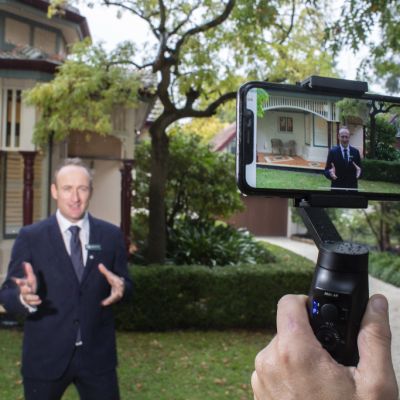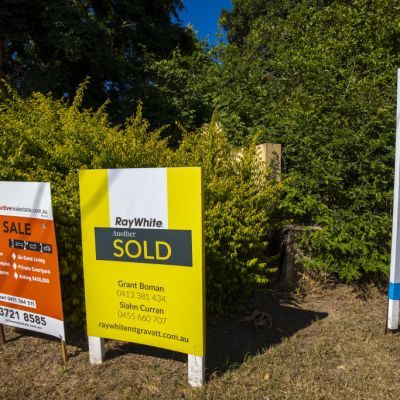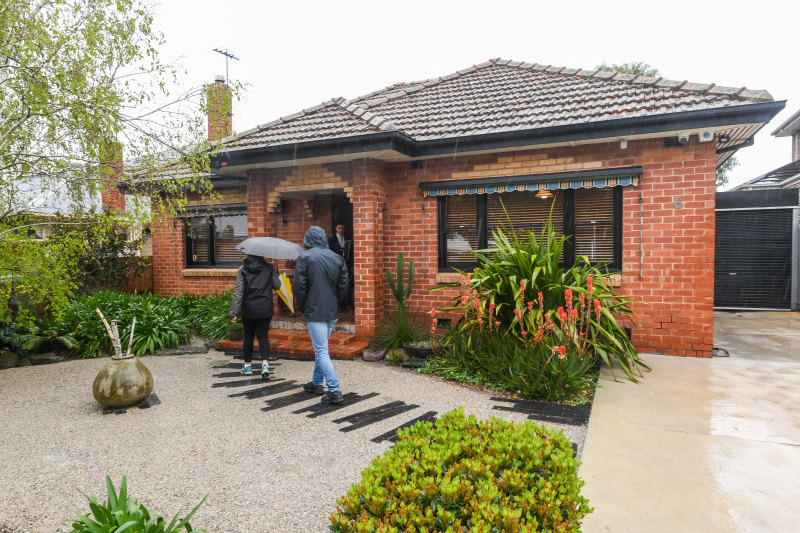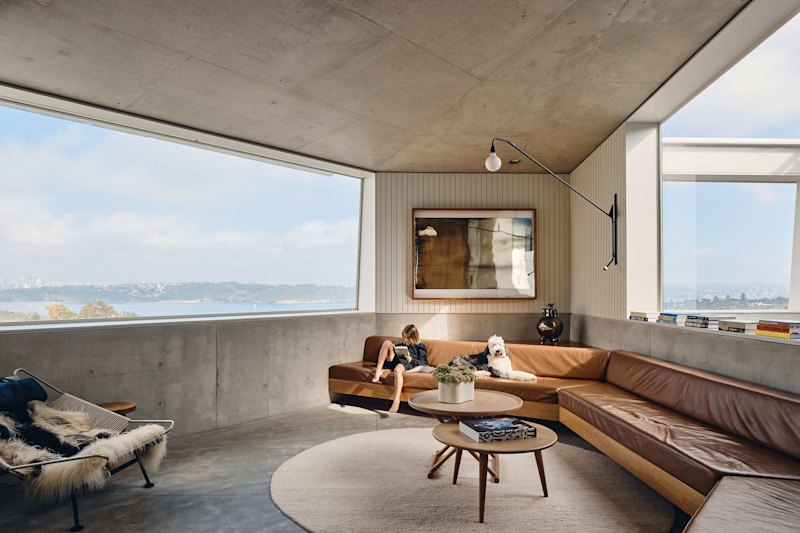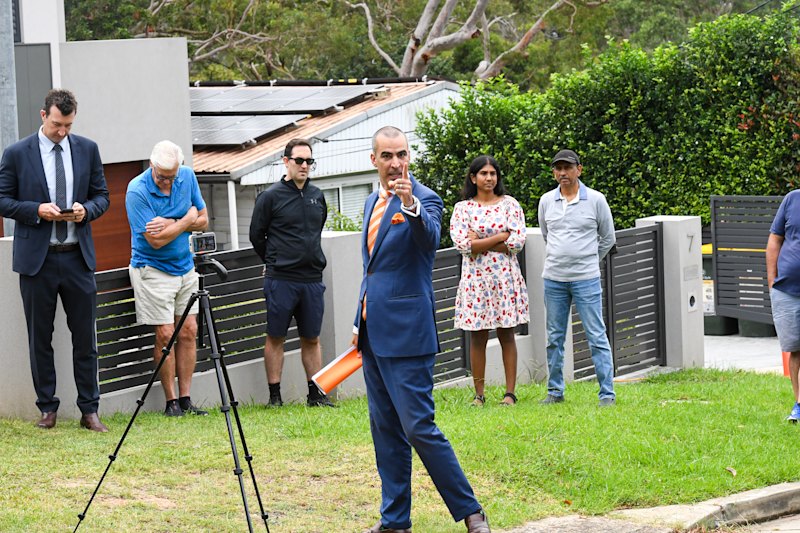Melbourne's clearance rate hits record low after auction ban, new figures show
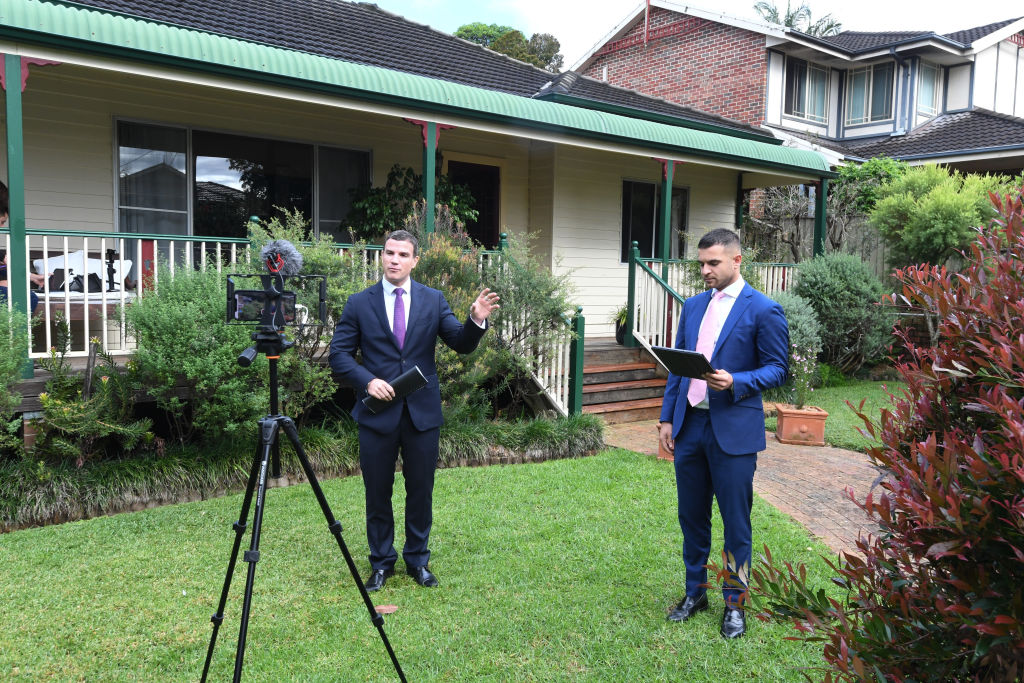
Melbourne’s clearance rate reached its lowest point on record in April after the federal government banned public auctions to combat the spread of coronavirus.
The clearance rate fell sharply to 29.7 per cent for the month, some 20.4 percentage points lower than in March, on Domain figures.
But the two months cannot be easily compared: vendors who had already listed their homes for auction changed their mind en masse after the ban was announced in late March.
Homes withdrawn from auction are counted as unsold properties when calculating the clearance rate, even if the vendor lists the home for private sale instead and ultimately sells it.
The number of auctions withdrawn after the ban reached a record high, with 62.4 per cent of April’s scheduled auctions withdrawn, Domain figures show. Most homes remained for sale by private treaty.
“Early in April, in the first two or three Saturdays there was this huge spike in withdrawals,” Domain senior research analyst Nicola Powell said.
“That wasn’t as much the case towards the end of April. An auction campaign’s roughly about three to four weeks … by the end of April we’re seeing the market being less impacted by withdrawals.
“As the months and weeks go on, we’ll see that being less the case because vendors are able to make a decision with all the facts in front of them.”
Virtual auctions are still allowed under social distancing arrangements but many agents initially reached for more familiar methods such as private treaty when faced with the prospect of rescheduling late March’s super Saturday of auctions in just three days.
Now, the market is becoming more used to the idea, with reports emerging of some vendors even requesting the competitive process.
Dr Powell said auction clearance rates were usually an indicator of whether prices are likely to rise or fall, but this was not the case at the moment because clearance rates were affected by a change in policy.
“I’m not saying prices won’t decline, they may do,” Dr Powell said. “But I don’t think we’re going to see the significant decline in price this clearance rate suggests.
“We’re seeing a shift in behaviour. That is a directive coming from government.”
On the flipside, the proportion of vendors selling prior to auction spiked to almost 26 per cent, the highest since 2007.
“There is a little bit of fear of what may lie ahead,” she said.
“This could show there is a little bit of weakness more broadly in the market because we are seeing those vendors want to secure a sale.
“But it also tells us buyers are still out there securing homes.”
Melbourne’s median auction price fell 1.9 per cent on a rolling three-month median measure, in contrast to Sydney where auction prices still rose.
“There is a little bit more weakness in Melbourne than there is in Sydney and I think the auction market is showing that,” she said.
On the ground, properties that needed to be sold within a certain period of time were still going ahead as online auctions, Nelson Alexander director Arch Staver said.
“We have had a reasonable success in that format but it’s all price-driven and it needs to really display value for buyers,” he said.
“Expressions of interest has been a popular way of selling from our vendors … on a handful of properties we have been able to create that competitive friction.”
As an example, he mentioned a Fitzroy North home listed through his agency with a guide price of $2 million to $2.2 million.
Two buyers wished to pay $2.15 million for the residence at 93 Barkly Street and, with the owners declaring that an acceptable price, an online auction was held and fetched $2.465 million, he said.
The unconditional nature of an auction sale, even if the home sold prior, always had appeal, he said.
He also highlighted Melbourne as the auction capital of the nation.
“Auctions in the state of Victoria have always been a public process, almost a community event, where neighbours come out, crowds gather,” he said.
“This has been a real change in how we do things, a little unlike NSW where in-house auctions have been something they’ve done for a number of years.
“We’ve had some clients who have not had faith in pushing forward with an [online] auction, feeling if a buyer is in front of the screen they’re less likely to make the emotional connection with a property.
“We say that’s not entirely the case.”
He noted a vendor’s interest in creating competition.
“Depending on price, buyers will pick a fight with each other. They won’t pick a fight with the vendor if they think the price is too high.”
We recommend
We thought you might like
States
Capital Cities
Capital Cities - Rentals
Popular Areas
Allhomes
More

